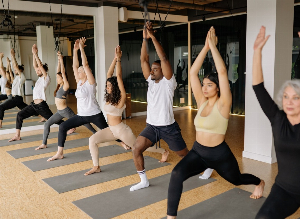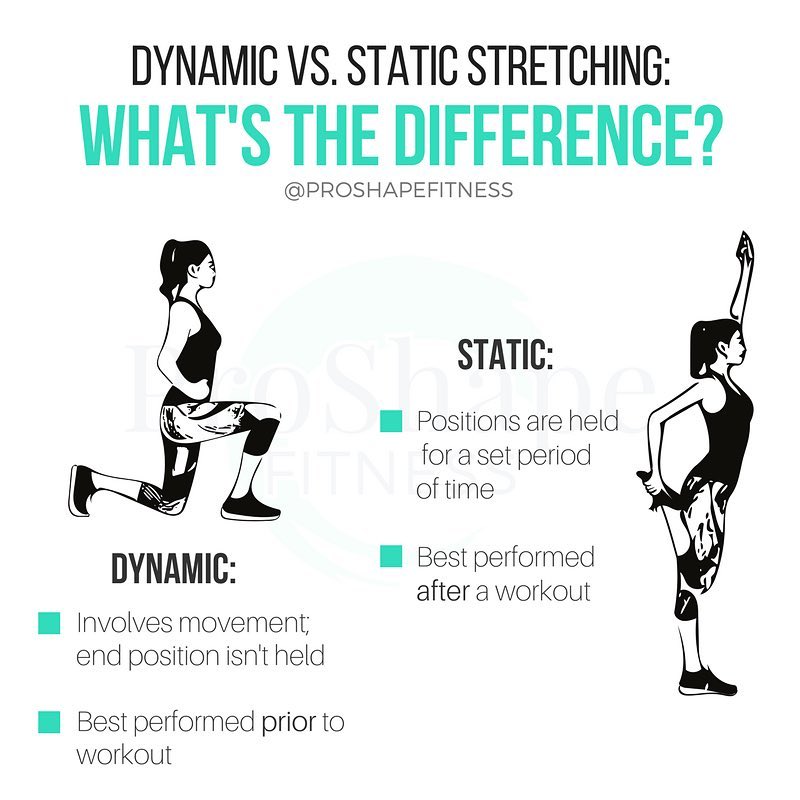How can stretching benefit our health?
Published 30 Oct 2021 • By Claudia Lima
Stretching, in addition to lengthening the muscles before or after physical activity, can improve our flexibility, as well as our posture. These simple movements, which we do naturally after a period of rest or discomfort, are an excellent way to stay healthy, if done regularly.
When and how should we stretch? What are the health benefits of stretching?
We explain it all in our article!

Stretching is a gentle physical activity, a sport in its own right. Long regarded as a simple preparation for a greater physical effort, today stretching is a simple gesture with multiple benefits for the body and mind.
And this applies to all of us. Stretching makes the muscles supple and therefore keeps the body mobile. A mobile body is healthier and better protected against injuries. Unfortunately, as we age, we lose agility, our muscles and tendons gradually stiffen, leading to a loss of flexibility and reduces functional capacity, hence the necessity of taking care of your flexibility and not letting yourself go rusty.
How can stretching benefit our health?
A stretching routine is beneficial for both the body and the mind. It can benefit our health in the following ways:
Relieving pain
Poor posture, when held for several hours, can quickly cause back and neck pain. But before you consult your doctor, you can reduce the symptoms by stretching to release muscle tension by generating endorphins.
Developing flexibility
With age, and often due to lack of physical activity, joints and muscles stiffen. Stretching allow joints, muscles, and tendons to become more supple. It contributes to joint lubrication, increases the range of motion, and also lengthens and relaxes the muscles. Thus, stretching helps prevent chronic joint pain.
Improving posture
The muscles in the lower back, neck, and chest, if properly stretched, help to keep the spine straight and avoid aches and pains. The postural benefits of stretching are therefore quite significant.
Reducing stress
Stretching is a time to relax and unwind, it can calm you down, but also relieve stress, reduce anxiety, and reset your nervous system.
Improving sleep quality
Relaxing your muscles before going to bed releases tension built up during the day and puts the skeleton back into the correct position. As the day progresses, the body tends to shrink a little, so it is recommended to decompress the spine and stretch the back muscles.
Improving blood flow
Stretching helps reduce the risk of certain cardiovascular diseases. This is because stretching contributes to a greater dilation of blood vessels and better blood circulation, and therefore helps reduce high blood pressure.
Stretching has many other benefits. It helps combat fatigue, in fact, it gently boosts the body. Exercises that require coordination and attention can improve breathing and concentration skills. And of course, a few warming up stretches just before physical activity limits the risk of injuries such as tendonitis or muscle strains.
When should we stretch?
Ideally, you should stretch every day. A stretching routine is beneficial at any time of day, and whether you are athletic or not, taking the time to stretch your arms, back, shoulders and legs is important. Plus, it can be done anywhere.
Are you familiar with that instant feeling of well-being which comes when you stretch before getting out of bed? Stretching in the morning releases tension and stress build-up before starting the day. The body will be relaxed, and posture improved even before your feet hit the floor.Also, when muscles are tight, or when you are too tired, or stressed, a little stretching always helps.
If stretching exercises are done well and at the right time, they can improve your mobility and make you feel more comfortable in your own body.
How to stretch?
There are two types of stretching:
- Static: stretching a muscle to near its furthest point and then holding that position for at least 15 or 20 seconds.
- Dynamic: gentle and controlled movements of multiple muscle groups to gradually increase range-of-motion with each successive repetition.
 Source: Melissa Wilson - ProShape Fitness
Source: Melissa Wilson - ProShape Fitness
Depending on the type of stretching, the muscle will respond differently to the effort it has just been or is going to be involved in.
There are many different stretching exercises. Here are just a few tips to keep in mind:
- Choose a quiet place, dress comfortably, use a mat,
- Perform movements slowly, while breathing out,
- Maintain a balanced position so that you don't strain the muscle instead of relaxing it,
- Gradually increase the range of your movements, but never go to the point of pain,
- Adapt the movements to your own abilities.
To stay in good health, it is essential to practice a physical activity within the limits of your abilities. Stretching is a gentle way to engage in sport, suitable for many people, and works on body and mind, with lots of benefits to both.
Take care!
Sources:
5 exercices pour bien s'étirer le matin, Santemagazine.fr
Les étirements plus efficaces que la marche pour abaisser la pression artérielle, Santemagazine.fr
Santé : étirements, pourquoi ils sont bons pour le corps et l'esprit, DNA.fr
Stretching : c'est pour moi ou pas ?, Madame.lefigaro.fr
S'étirer : pourquoi et comment faire des étirements ?, Conseilsport.decathlon.fr
3 comments


 Facebook
Facebook Twitter
Twitter




